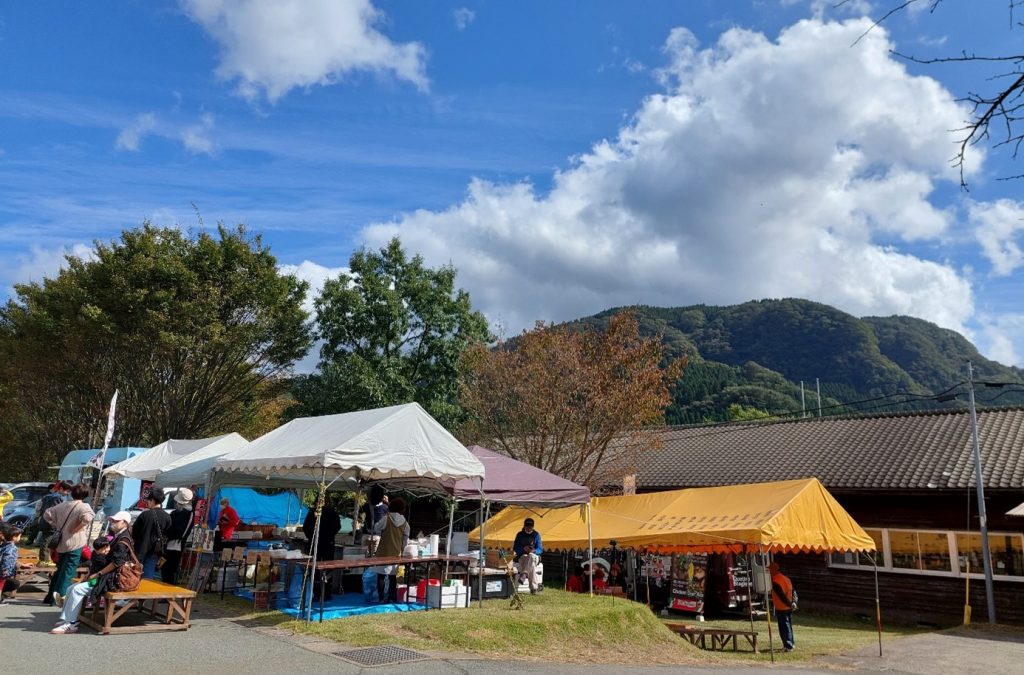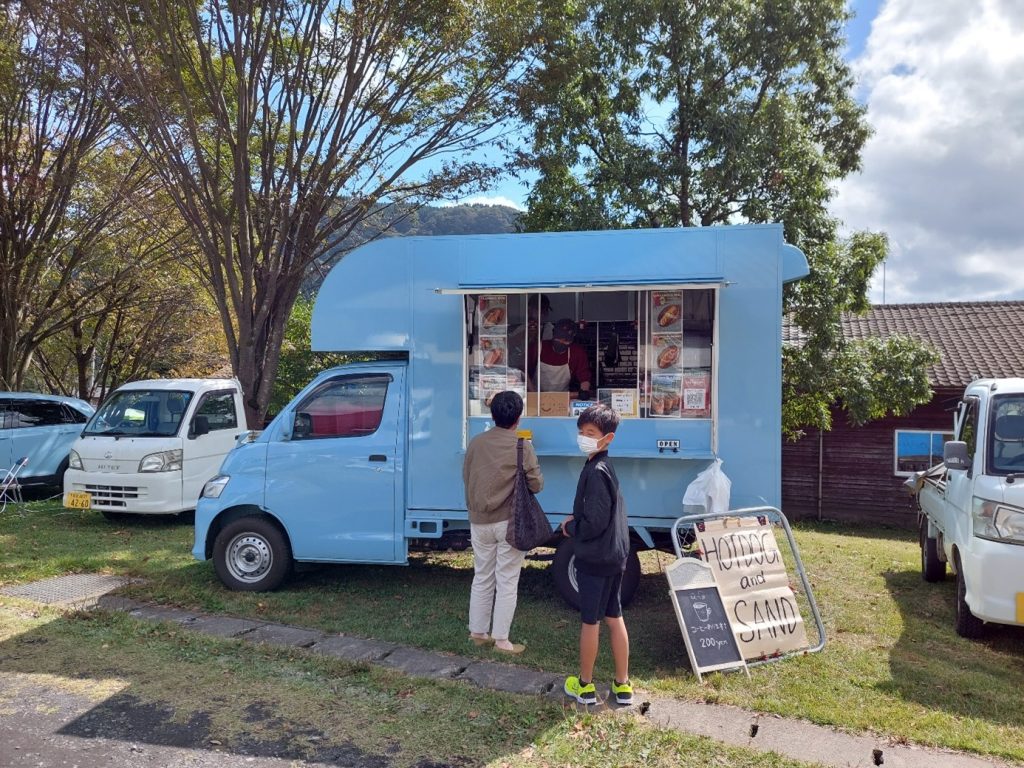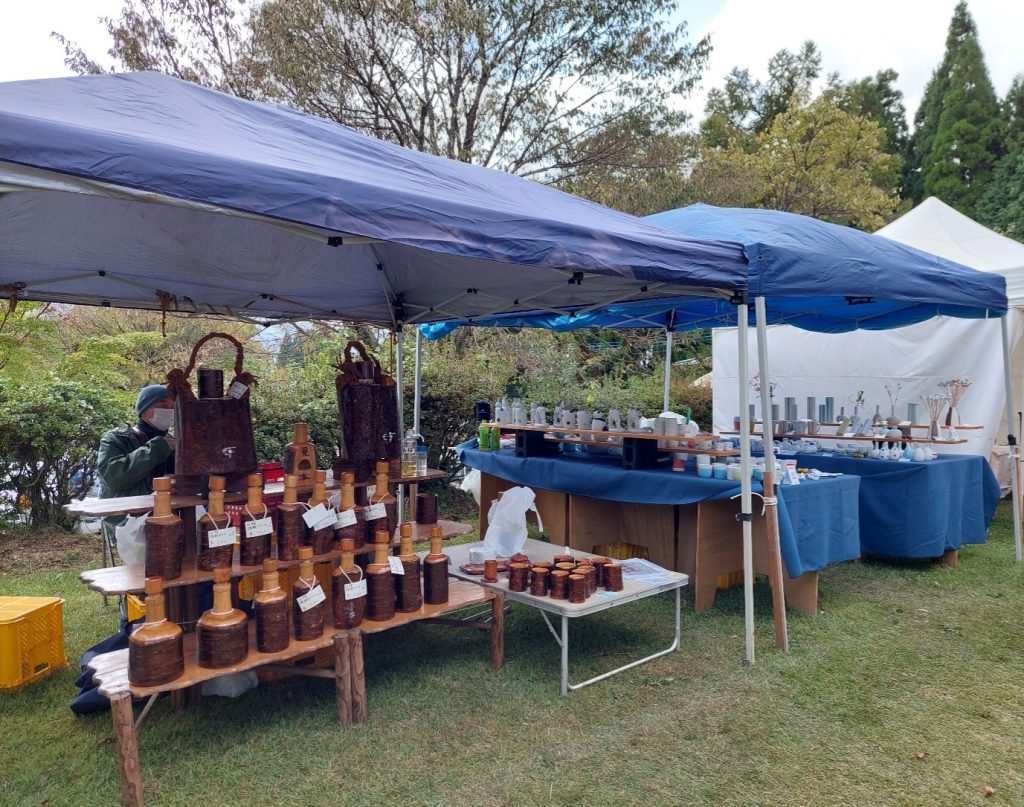by Cornelia Reiher
My research focuses on urban-to-rural migrants in different municipalities in Northern Kyūshū. Initially, I was mainly interested in their lives before relocating to the countryside, the relocation process itself and their everyday life in their new rural homes. However, they are mobile in their everyday lives to shop, commute to work, further their education and organize their leisure time both within and outside the administrative borders of the rural municipality in which they have settled.

Copyright © Cornelia Reiher 2022
Although mobility is an important part of rural lifestyles and shapes rural places, rural communities are often portrayed as closed, static and traditional. Geographer Doreen Massey (1995) showed that the local is the complex and multi-layered result of social interactions and should be approached less as a fixed entity associated with stagnation, nostalgia and stability and more as an intersection of flows of people and objects. Milbourne and Kitchen (2014) have argued that the stabilities of rurality, associated with belonging, tradition and stasis, are both reliant on and undermined by rather complex forms of mobility. John Urry (2007) showed that places are produced through “multiple mobilities of people, but also of capital, objects, signs and information” (p. 269). Thus, rural places are characterized by a complicated interplay between mobility and fixity. The mobilities that characterize rural places include, for example, migration, tourism, everyday mobility by car, internal migration from the city to the countryside and transnational migration. And not only people are mobile, but as I showed in my book on local identity and rural revitalization (Reiher 2014), it is objects such as porcelain that travel transnationally and are charged with cultural value through these mobilities.

Copyright © Cornelia Reiher 2022
An example from my fieldwork will show how urban-rural migrants are mobile beyond municipal borders in their everyday lives and how this relates to social structures in rural communities. In 2022, I took a day trip with Junko. I met her for the first time in 2018. She was born and raised in the Kantō area where she later worked in fashion. When she got married and pregnant, she decided to move to the countryside to raise her child in a clean and healthy environment surrounded by nature. Together with her husband she renovated a kominka and started growing vegetables and rice. Junko baked and sold bread. After a divorce, she moved to another house and started working in a company. Since moving, she has been driving around a lot every day and is dependent on her car: First she drives 20 minutes to take her child to school. Then she drives another 30 minutes in the other direction to work. In the afternoon, she picks up her child and does her shopping on the way. To escape the gossip of her neighbors, she takes her child on weekend trips to neighboring towns. I was invited to join one of her outings. That day, we visited an artisan market in the neighboring town, which was held in a former elementary school building. Markets are hubs of mobility. Junko used to sell her home-baked bread at several markets in the region. She visited the market with me because she wanted to restart her baking business to earn extra income. According to the leaflet and map, more than 90 exhibitors, mainly from the region, were offering their handmade products. These included wooden spoons, jewelry, ceramics and homemade clothing. Most of the people were urban-rural migrants, either young families or older people, and knew each other from other markets where they either sell their own handicrafts or food, or spend time with their families on the weekends. While I enjoyed the food sold at the stalls and the live music on a small stage with Junko’s child, Junko talked to the market organizers to negotiate her next participation in the market. After a few hours of eating, shopping, listening to music and talking to many people, we drove back to Junko’s house in the mountains.

Copyright © Cornelia Reiher 2022
Living in rural communities means a high degree of everyday mobility. It also means different types of mobilities after social relationships have changed. These include moving house, changing jobs and leaving town at weekends to escape gossip and seek emotional support. Markets are another form of mobility that offers migrants the opportunity to meet, display and sell their products, earn extra income or simply spend their free time. Markets are mobile and at the same time places where flows of people, things and ideas come together temporarily and form new networks. While some of these mobilities are voluntary, to meet up with friends at the weekend, involuntary mobilities, e.g. to work, often take as long as a commute in Tokyo. Urban migrants in particular often feel less connected to the municipality they have moved to and more connected to “the countryside” as such, as Junko’s case shows; administrative boundaries of municipalities and prefectures do not play such a big role in their sense of belonging. The community often consists of migrants who are located in different municipalities and meet in different places run by other migrants, or at mobile events such as markets.
References:
Massey, Massey (1995), “The conceptualization of place“, in: Massey, Doreen and Pat Jess (eds.), A place in the World? Places, Cultures and Globalization, New York: Oxford University Press, pp. 45–86.
Milbourne, Paul and Kitchen, Lawrence (2014), “Rural mobilities: Connecting movement and fixity in rural places”, Journal of Rural Studies 34: 326–336.
Reiher, Cornelia (2014), Lokale Identität und ländliche Revitalisierung. Die japanische Keramikstadt Arita und die Grenzen der Globalisierung, Bielefeld: Transcript.
Urry, John (2007), Mobilities, Cambridge: Polity Press.
